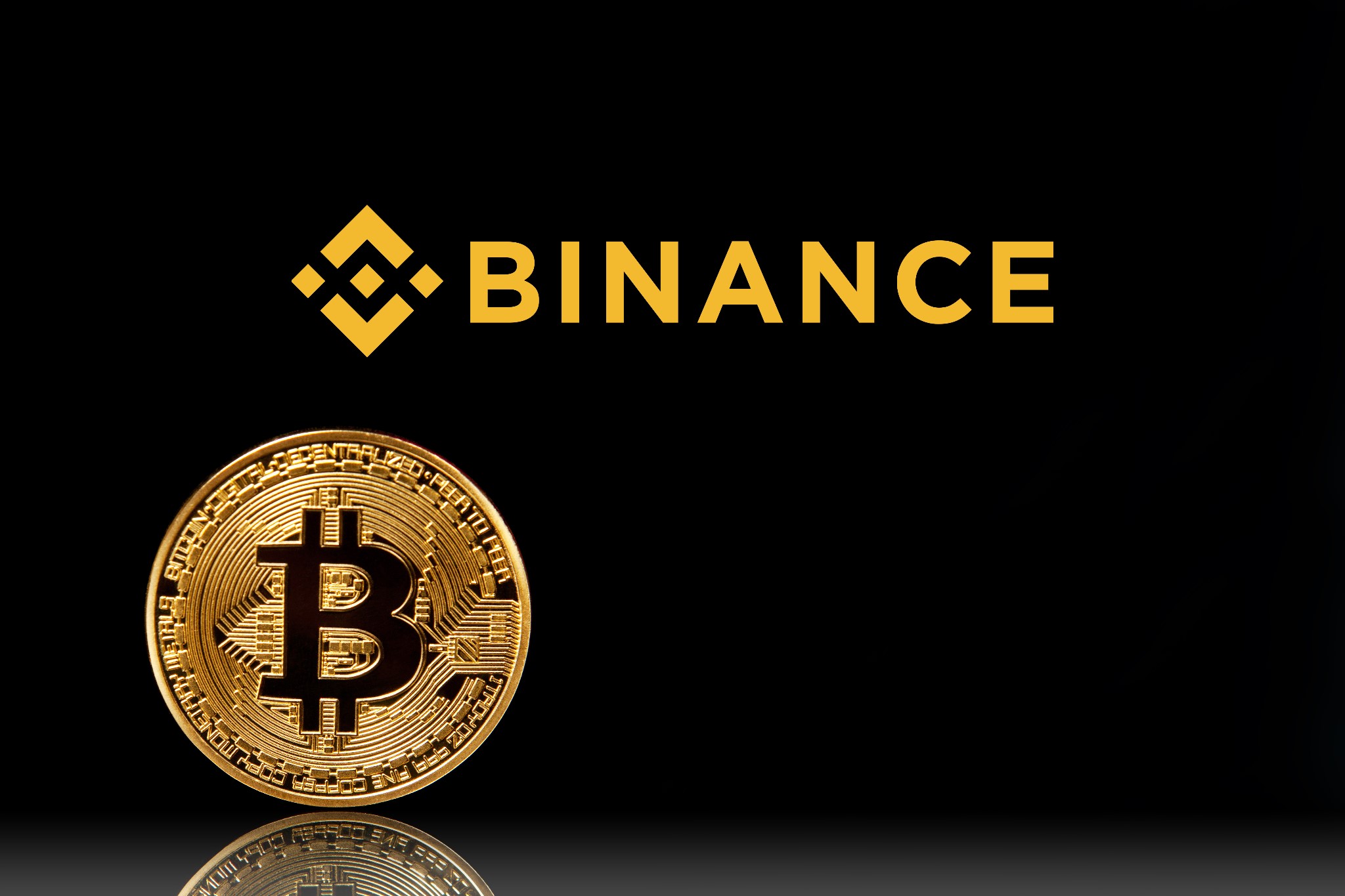Hook: Why does Binance’s approach to listing fees matter? Because it could change the way we think about cryptocurrency exchanges and their trustworthiness!
In a world where cryptocurrency is evolving every day, understanding the policies of major exchanges like Binance is crucial for anyone interested in trading or investing in digital assets. Recently, Binance co-founder Yi He took to social media to clarify the company’s asset listing policies amid some controversy. Here’s what you need to know about this situation, why it’s significant, and the key terms that will help you navigate the crypto landscape.
What Happened?
The debate began when the CEO of Moonrock Capital claimed that Binance required a hefty 15% of a project’s token supply to list it on the exchange. This accusation raised eyebrows and sparked discussions about the listing fees charged by centralized exchanges. Yi He responded by stating that Binance doesn’t charge any percentage of tokens or fixed fees for listings. Instead, they have a clear policy established in 2018 that emphasizes transparency and charity.
Key Policies to Remember
- Transparent Listing Fees: Binance’s policy states that any fees associated with listing assets are “transparent.” This means you know exactly what you’re paying and why.
- 100% Donation to Charity: The fees collected are not for profit. Instead, they are donated entirely to charity. This approach positions Binance as a socially responsible player in the crypto space.
- Project Proposal for Fees: While projects can propose a ‘listing fee’—now termed a ‘donation’—there is no fixed amount or minimum requirement imposed by Binance. This flexibility allows projects to contribute what they feel is appropriate.
Why This Matters
Understanding these policies is essential for several reasons:
- Building Trust: By clarifying their practices, Binance aims to build trust within the community, especially at a time when centralized exchanges are facing scrutiny for their operations.
- Market Dynamics: The cryptocurrency market is seeing a shift towards decentralized exchanges (DEXs), where users trade directly with one another without intermediaries. Binance’s transparent approach might help retain users who value ethical practices in trading.
- Navigating Investment Decisions: If you’re looking to invest in new projects, knowing how listing fees work can guide your decisions. You want to support projects that value transparency and community rather than those that engage in potentially exploitative practices.
Current Trends
The controversy around Binance comes at a time when centralized exchanges are losing trading volume. Reports indicate that Binance saw a 23% decline in trading activity in September 2024, a trend mirrored across major exchanges like Coinbase and Kraken. Factors such as geopolitical tensions and market uncertainty are driving traders towards decentralized platforms, which often don’t impose listing fees in the same way.
Key Terms to Remember
- Centralized Exchange (CEX): A platform where trades are facilitated by a centralized entity (like Binance), which holds users’ funds and facilitates trades.
- Decentralized Exchange (DEX): A peer-to-peer marketplace that allows users to trade cryptocurrencies directly without an intermediary.
- Listing Fee: A fee or donation that projects pay to get their tokens listed on an exchange.
Conclusion
By understanding Binance’s transparent asset listing policies, you not only enhance your knowledge of how exchanges operate but also become a more informed investor in the ever-changing cryptocurrency landscape. This awareness can help you choose platforms and projects that align with your values, contributing to a healthier and more trustworthy crypto ecosystem. As the market evolves, staying informed and understanding the practices of major players will empower you to make smarter decisions in your trading journey.



